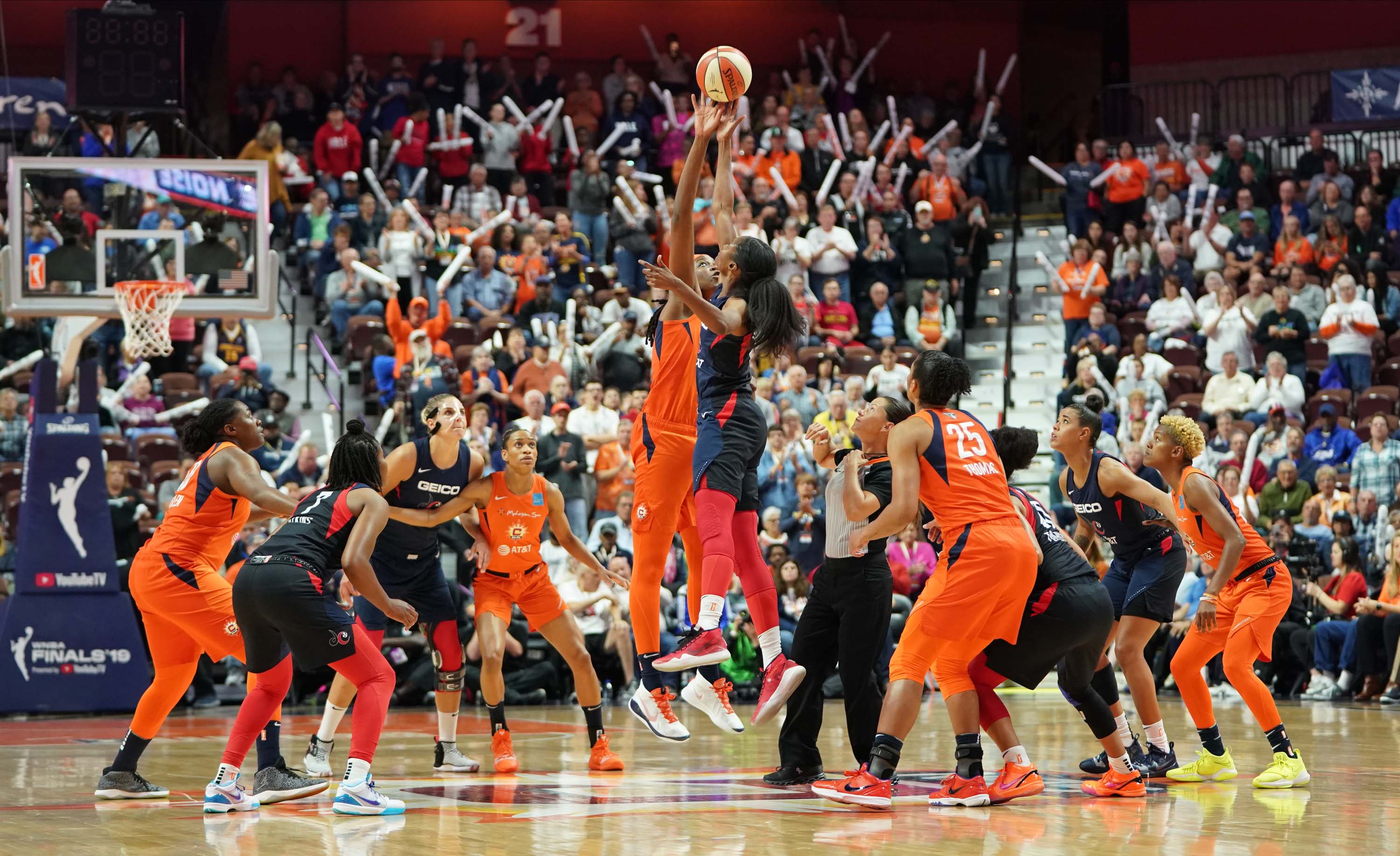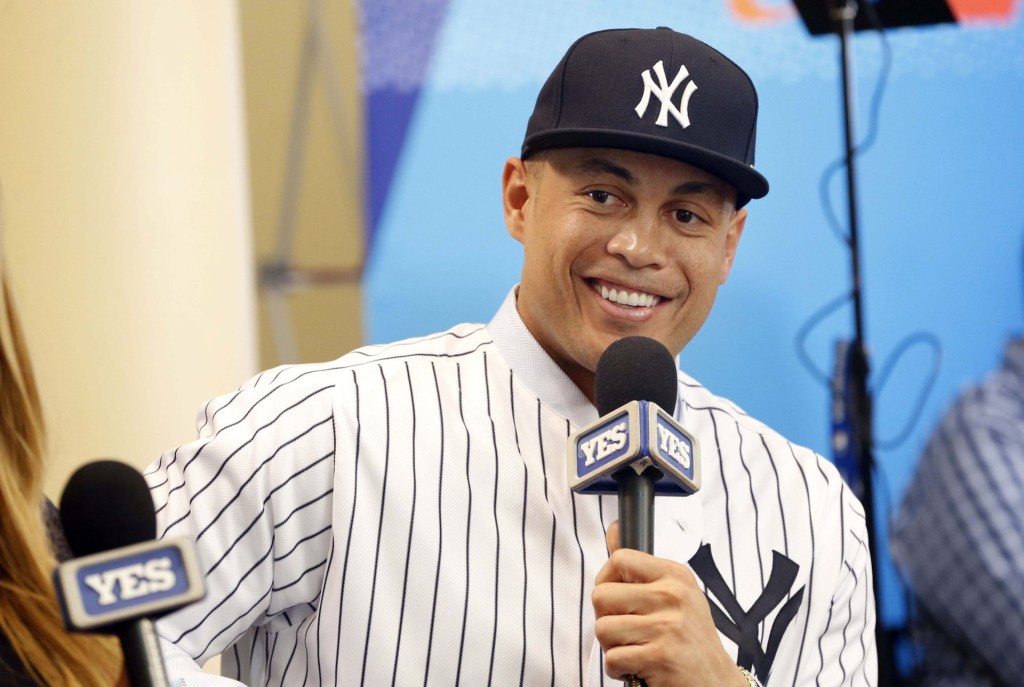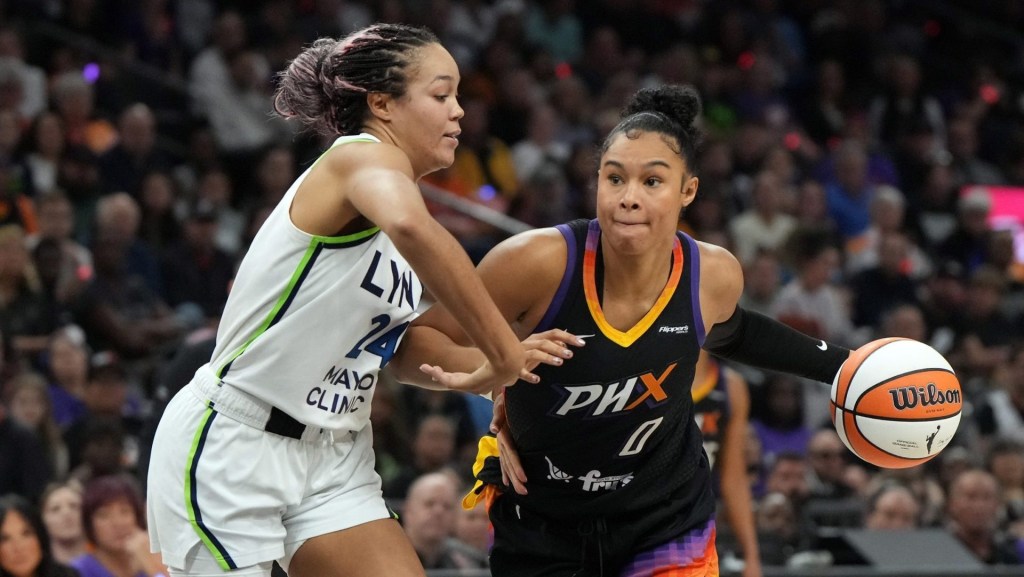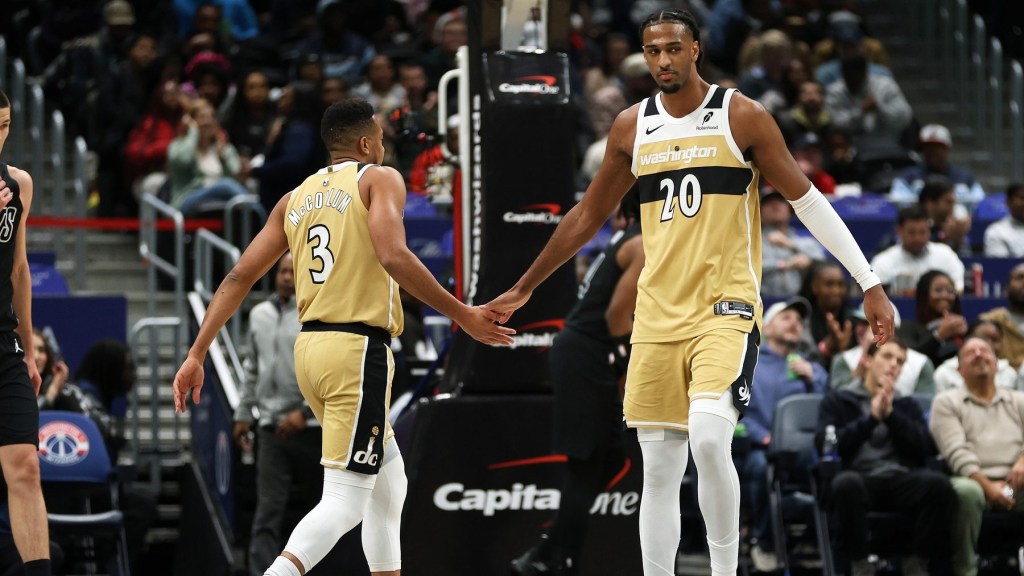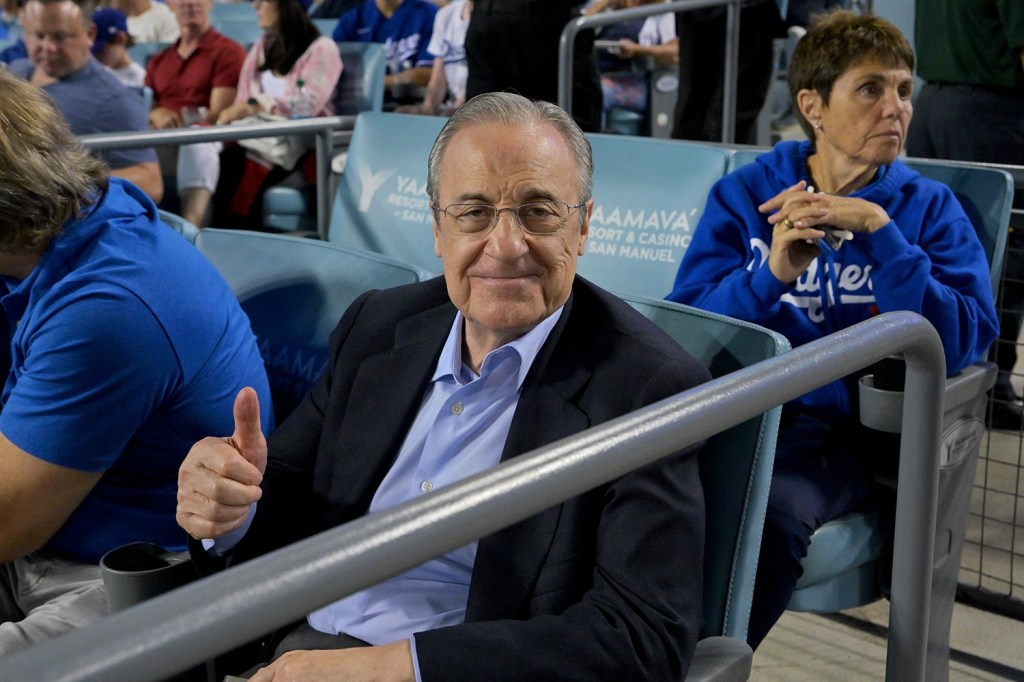
Since its inception in 1996, the WNBA has aimed to be at the forefront of gender and racial inclusivity in professional sports. With the 2019 season – the first under Commissioner Cathy Engelbert – now under wraps, the league has plenty to celebrate regarding its progress.
The WNBA received an A+ overall grade in the 2019 WNBA Racial and Gender Report Card, an annual report published by the University of Central Florida’s Institute for Diversity and Ethics in Sport. It also received A and A+ grades in its gender and racial hiring, respectively.
That gives the WNBA the highest report card grade amongst its peers, which include the NBA, NFL, MLB, MLS, and college sports, among others.
Every year, the report card sets out to answer the question: “Are we playing fair when it comes to sports? Does everyone, regardless of race or gender, have a chance to score a basket and run the team?”
“They’ve consistently done that since they were founded,” said Dr. Richard Lapchick, the director of UCF’s Institute for Diversity and Ethics in Sports. “I think they show what can be done – if you put your mind to it – to build that inclusive workplace and make that part of the strength of your business.”
Of all the WNBA’s professional positions, 45.2% are held by women and 29.2% are held by people of color. In the WNBA teams’ front offices, there are 30 women and 17 people of color serving as vice presidents and above. The position with the highest percentage of women employed in it was assistant coaches – 61.5%.
Like other sports leagues, Lapchick says that the WNBA has made great strides in its racial hiring practices. For 2019, it received a 95.6% in this category – and at least an A- for race in all categories.
While the WNBA is a leader in its progressive hiring, Lapchick says that its parent company has also helped it further develop over time. Five years before it opened, Susan O’Malley became president of the-then Washington Bullets – the first time a woman had held that position at an NBA franchise.
Since O’Malley’s hire, the NBA has since grown in its embrace of inclusivity. It has numerous women in positions of power, including Kathy Behrens – its president of social responsibility and player programs – and Chief Innovation Officer Amy Brooks. Together, they are two of seven women in the NBA that serve in team CEO or president positions – more than all other professional sports leagues combined.
It was also the NBA that named Engelbert the first commissioner of the WNBA last May – the latest sign of female executives emerging in professional basketball.
READ MORE: MLB Diversity Fellowship Aims To Embrace Acceptance In Baseball
“I credit Adam Silver’s leadership in all of this,” Brooks told Front Office Sports in September. “The hiring of someone like Cathy – to bring in someone of her caliber at the commissioner level – really does show that we’re absolutely committed to diversity and inclusion.”
Despite the inroads the WNBA has made of late, improvements can be made from a hiring standpoint. While it received an A+ grade for having 31.7% of its professional team staff positions occupied by people of color, the percentage of women holding professional team staff positions dropped from 58% in 2018 to 40.4% in 2019 – a B+ grade.
While most leagues would be thrilled receiving a B+ score, given the 18.4% decline in this category, Lapchick says that he and his staff are paying close attention to the league’s 2020 report card. In an industry where leagues and teams have made improvements in their racial hiring, he believes that gender hiring is still in need of progressing.
READ MORE: Behrens, Brooks At Forefront Of NBA’s Push For Gender Diversity
Even with the percentage decrease in women holding professional team staff positions, the women’s movement is getting traction, said Lapchick. He noted that the #MeToo initiative has empowered them unlike any other period in recent memory, as well as the potential of having another female presidential candidate in 2020, and that the number of women in CEO positions is constantly rising.
Going forward, companies still need to step out of their comfort zone with its gender hiring and make women feel like they belong – and can showcase their talent.
“I think that the mindset of the public has focused on creating opportunities for women where they not only get the opportunities but when they get there, they have the chance in the workplace to demonstrate how valuable they can be to the organization,” Lapchick said.
